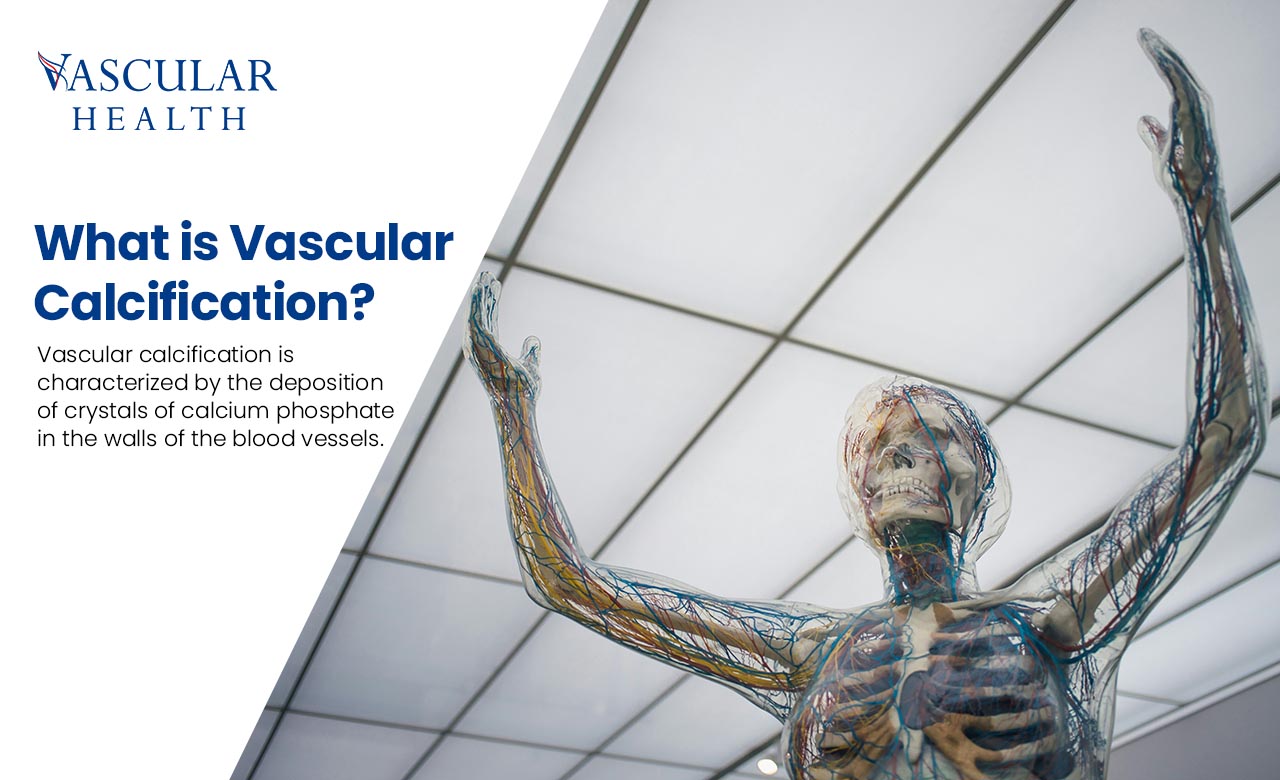Vascular calcification is characterized by the deposition of crystals of calcium phosphate in the walls of the blood vessels. This is a major pathological condition and even a predictor of several cardiovascular disorders. It leads to the stiffening of vessels and reduction of blood flow as the elasticity of the vessel is compromised.
Types of Vascular Calcification
Vascular calcification has two primary types based on the location of the walls of the vessels. Moreover, it is important to understand which type are you suffering from for an ideal diagnosis and treatment.
1. Intimal Calcification
This type of calcification occurs in the innermost layer of the artery and can be associated with atherosclerosis. It is mostly seen in coronary arteries and increases the risk of heart attacks.
2. Medial Calcification
It occurs in the middle layers of the arterial wall also termed as tunica media. It is mostly seen in large arteries such as the aorta. Patients with chronic kidney disease and diabetes are more prevalent.
Causes and risk factors
It is influenced by many factors such as genes and age. Certain medical conditions also lead to developments of vascular calcification such as CKD or chronic kidney disease, diabetes, and atherosclerosis.
Clinical Implications and Management
Vascular calcification has substantial clinical importance, as it is associated with increased morbidity and mortality in cardiovascular diseases. This condition can further complicate the treatment of atherosclerosis and hypertension. Managing it involves identifying the underlying risk factors and using tailored therapies to stop the calcification development.
Pharmacological Approaches
Medications such as phosphate binders, calcimimetics, and bisphosphonates are used to manage vascular calcification, specifically in patients with CKD. Moreover, these medications help regulate the metabolism of minerals and reduce calcium and phosphate levels in the blood.
Lifestyle Modifications
Diet and lifestyle changes include reducing intake of dietary phosphate, controlling blood sugar levels, and managing hypertension. As a result, these modifications will ultimately help reduce the chances of developing the issue.
Surgical Interventions
In extreme cases, surgical procedures like angioplasty and stent placement can be necessary to restore blood flow in calcified arteries. Vascular calcification is an intricate condition. Hence, understanding its causes, symptoms and clinical impacts is crucial for developing effective treatment plans.




